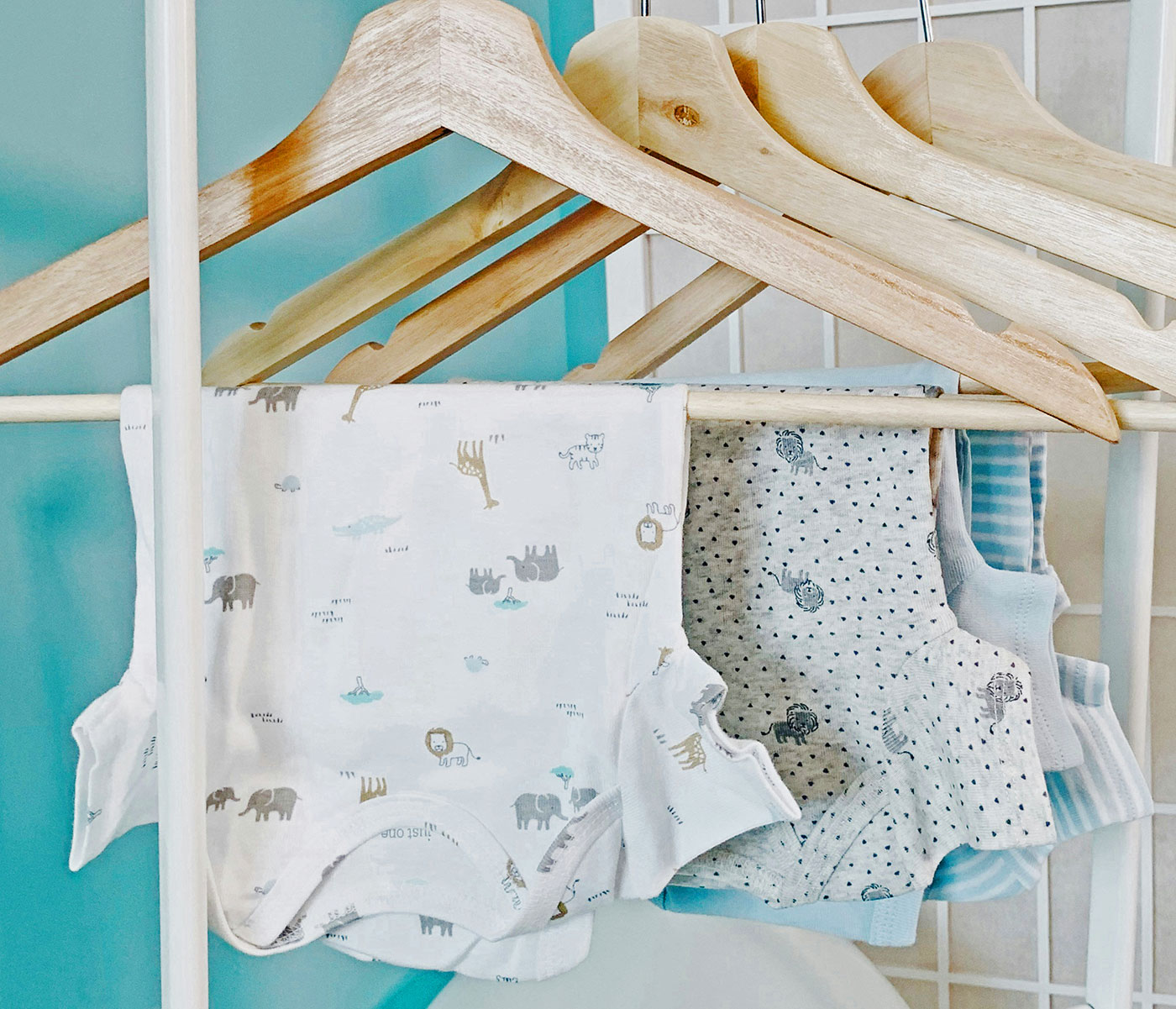Drying clothes inside the house can be convenient, especially during cold or rainy weather, but it’s essential to consider some potential issues:
- Moisture build-up: Hanging wet clothes indoors can increase humidity levels in your home, which may lead to mould and mildew growth if not properly ventilated. This can be particularly problematic in poorly ventilated areas like basements.
- Air quality: Damp clothes can release moisture into the air, potentially causing indoor air quality issues. This is especially concerning for individuals with respiratory conditions like asthma or allergies.
- Drying time: Clothes may take longer to dry indoors compared to outdoor drying, especially if the indoor environment is not well-heated or ventilated.
Energy consumption: If you use a radiator, electric dryer or dehumidifier to aid in the drying process, it can increase your energy consumption and utility bills. - Space: Drying clothes indoors requires adequate space for hanging racks or lines, which may be limited in smaller homes or apartments.
Potential damage: Certain fabrics and materials may not fare well with indoor drying methods. Delicate fabrics could stretch or lose shape if hung improperly. - Odours: Clothes dried indoors may retain odours from the surrounding environment, such as cooking smells or pet odours.

To mitigate these issues, consider the following:
- Ventilation: Ensure proper ventilation by opening windows or using exhaust fans to prevent moisture build up.
- Dehumidifiers: Use dehumidifiers to reduce humidity levels if necessary, especially in areas prone to dampness.
- Space optimisation: Maximise available space for drying by using drying racks, retractable clotheslines, or by utilising unused areas like laundry rooms or bathrooms.
- Washing lines and airers: Think about purchasing a washing line, a retractable washing line, or a freestanding clothes airer. These can be positioned outdoors in a suitable area on your property. If you require assistance in finding an appropriate location and to minimise disruption to other residents, please consult a member of the SHA staff.
- Fabric selection: Be mindful of the fabrics you’re drying indoors and follow care instructions to prevent damage. Heavier fabrics will take longer to dry.
- Regular cleaning: Clean your drying area regularly to prevent mould and mildew growth, and wash drying racks or lines periodically.
- Odour control: Use air fresheners or odour-absorbing products if lingering smells become a concern.
- Washer-dryer machine: Consider utilising the washer-dryer option if available, either to partially dry clothes before hanging them out or as a standalone drying solution.
- Dry clothes at the launderette: Explore the option of visiting a local laundrette for alternative drying methods. Costs involved are usually reasonable.
Ultimately, while drying clothes indoors can be convenient, it’s essential to balance this convenience with proper ventilation and maintenance to ensure a healthy indoor environment.
If you encounter any challenges or have inquiries regarding drying clothes, don’t hesitate to reach out to a member of the SHA staff for advice.








